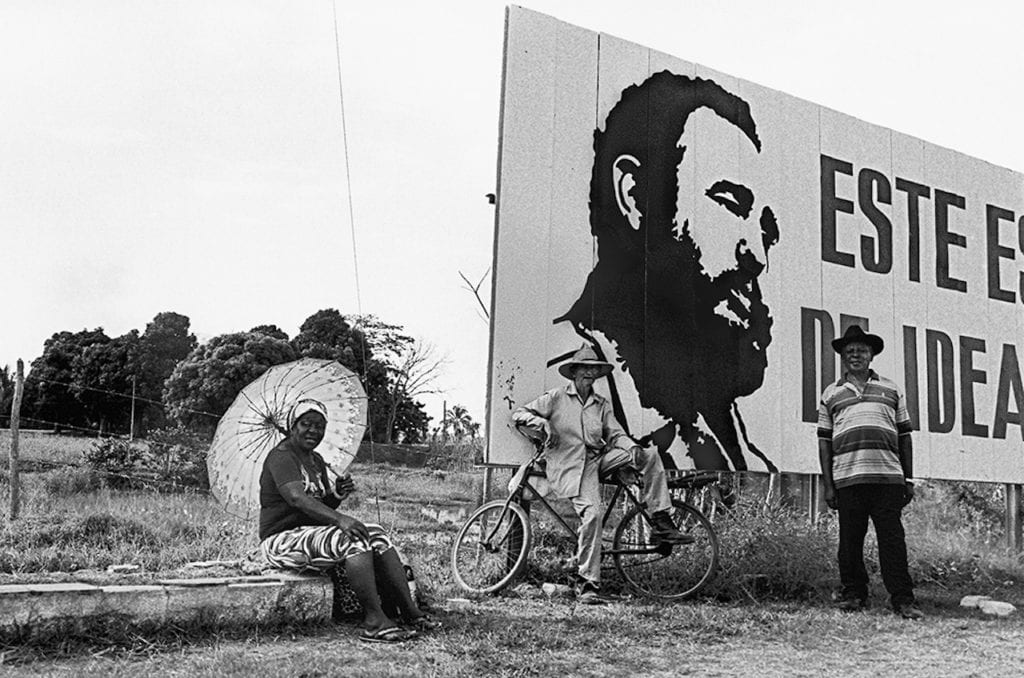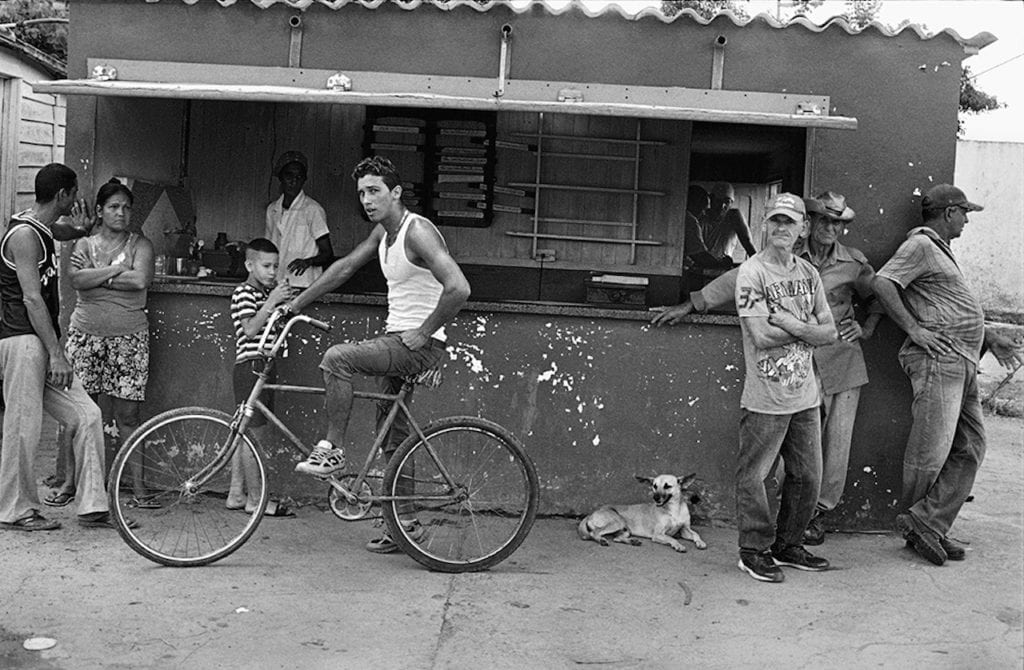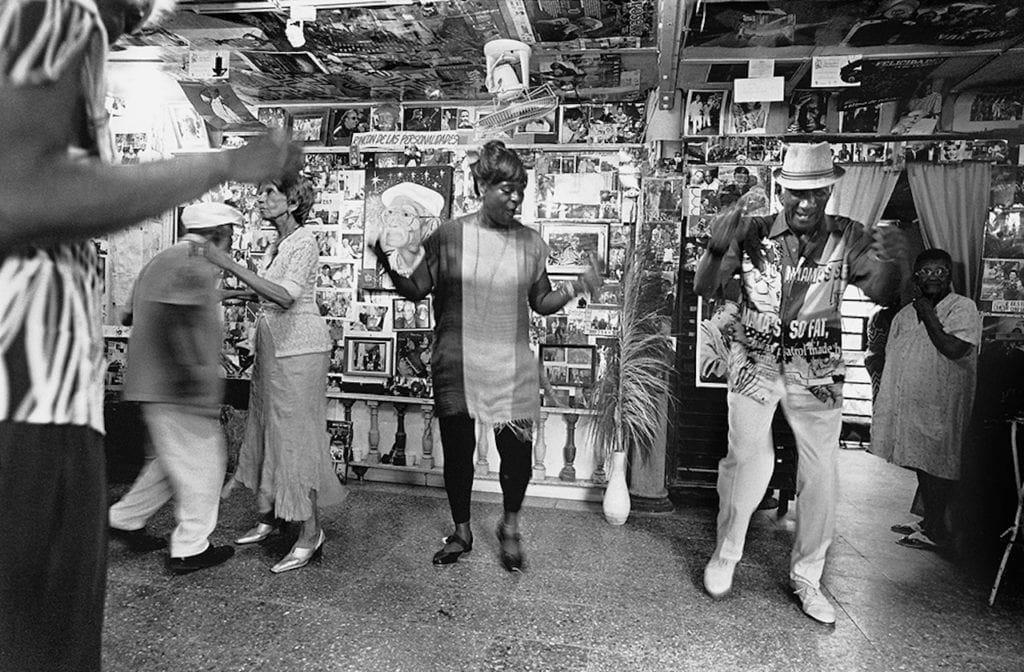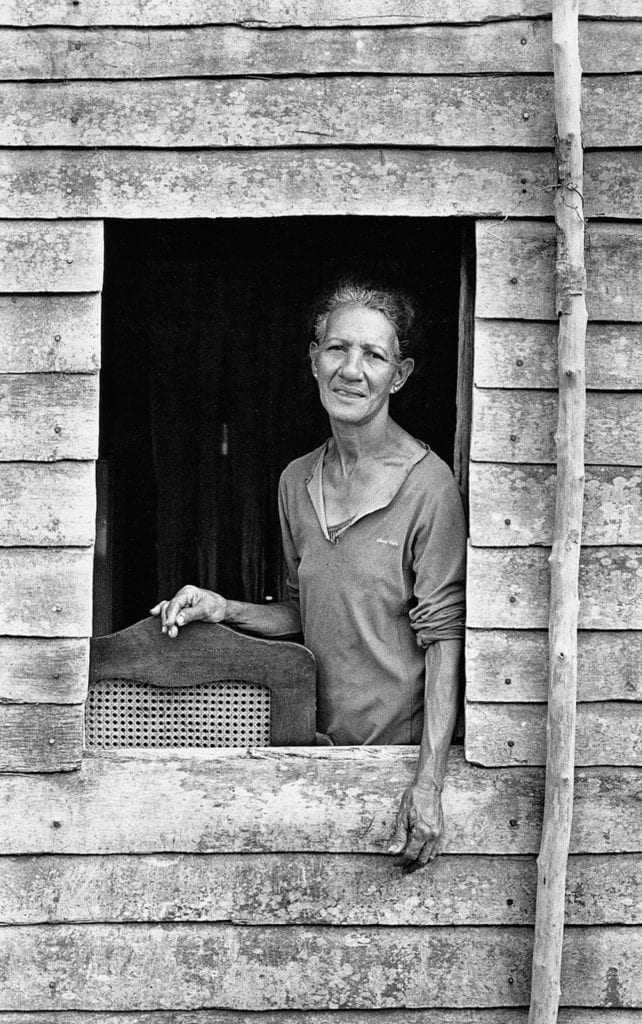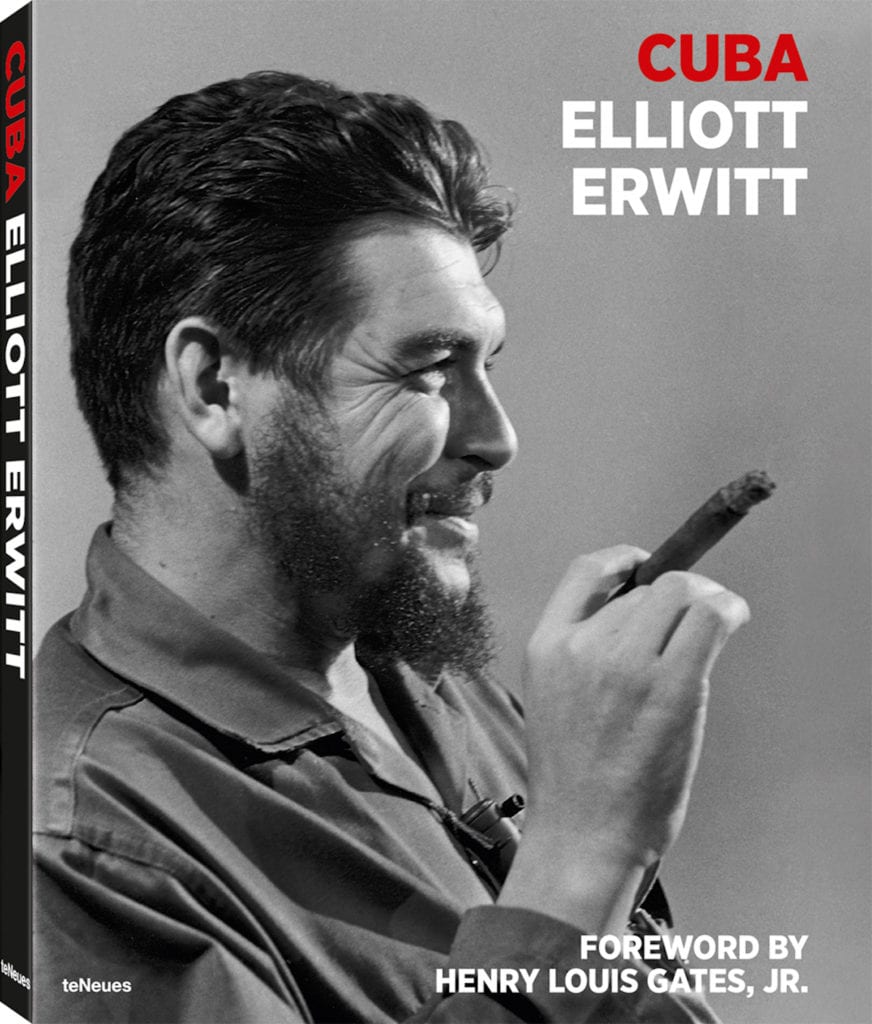“I don’t start with intentions,” explains Elliott Erwitt. “I take pictures and then see what I’ve got and put something together.”
It’s a process which has served him well throughout his career. Born in Paris in 1928 to Russian parents, he spent his childhood in Milan, then emigrated to the US, via France, with his family in 1939; he first cut his teeth in the photography industry whilst still at high school, then built up a professional portfolio whilst serving with the Army Signal Corps in Europe. Joining Magnum Photos in 1953, he went on to apply his unmistakable style to everyone from Marilyn Monroe to Presidents of the United States.
Now 89, he prefers to let his very varied collection of photographs speak for themselves, and his new collection, Cuba, is no exception. “I took a lot of pictures and sat down and made an edit. The way I always work,” says Erwitt. “[The book] seemed like a good idea since I was going to Cuba anyway.”
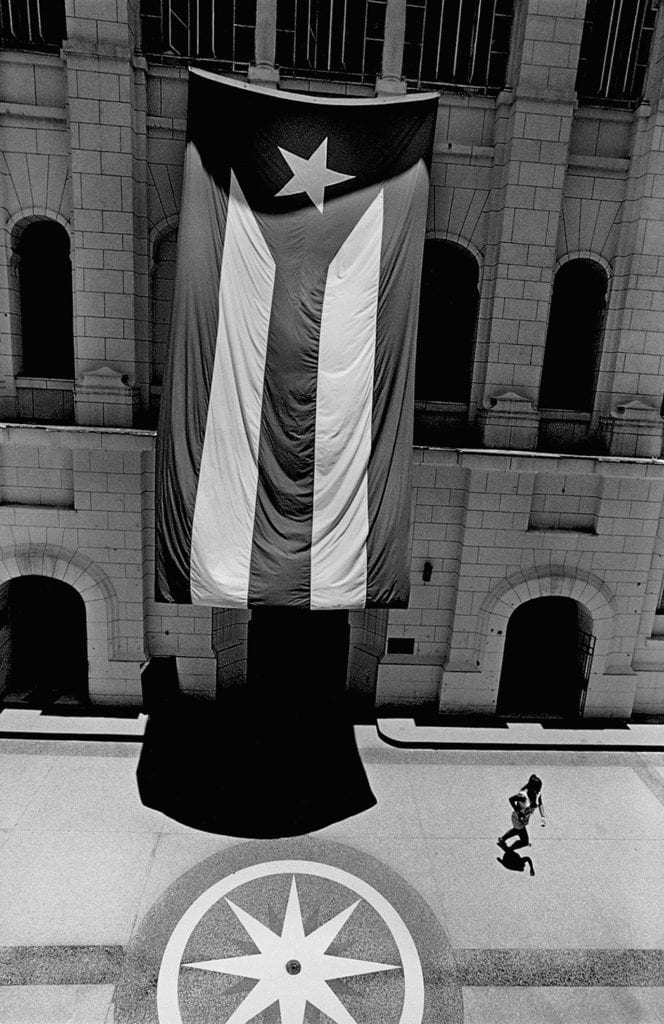
In fact Erwitt first went to Cuba in 1964, when he stayed in Havana at the invitation of Fidel Castro and took photographs on commission for Newsweek. This time he made two trips of ten days, one in 2015 and the other in 2016, travelling across the whole island to document its interior as well as the capital. The resulting book combines both the older and more recent shots, showing off the consistency of Erwitt’s style.
“Havana has changed, but the interior of the country is just as poor, and just as interesting as it used to be,” says Erwitt. “I drove all the way down to Guantanamo and saw the condition of the country. It hasn’t changed very much, whereas the city of Havana has done a lot of repairs, lots of the crumbling buildings have been repaired and recommissioned.”
He adds that the Cuban people are extremely nice and very welcoming, but concedes they were a little more frosty first time around, just two years after the Cuban Missile Crisis and at the height of Cold War tensions between Cuba and the US. “I was there at a time when it was difficult to be there, and when American citizens were not permitted to go there and the Cubans weren’t too happy to have journalists around,” he says. “It was an interesting time.”
He says he was used to it, having made many trips behind the Iron Curtain – but that Cuba also stuck out, because of the sheer charisma of its leaders. “Fidel Castro was very photogenic, kind of a cowboy,” he says. “An interesting person, obviously, and very chatty.
“It was extraordinary to get them [Castro and Che Guevara] in the same room,” he continues. “Che was at the time busy trying to get other countries to follow the Cuban example. They were quite willing to be photographed, it was quite easy. It’s a lot easier to photograph stars than not. They’re more used to the attention, and the camera crews and so forth.”
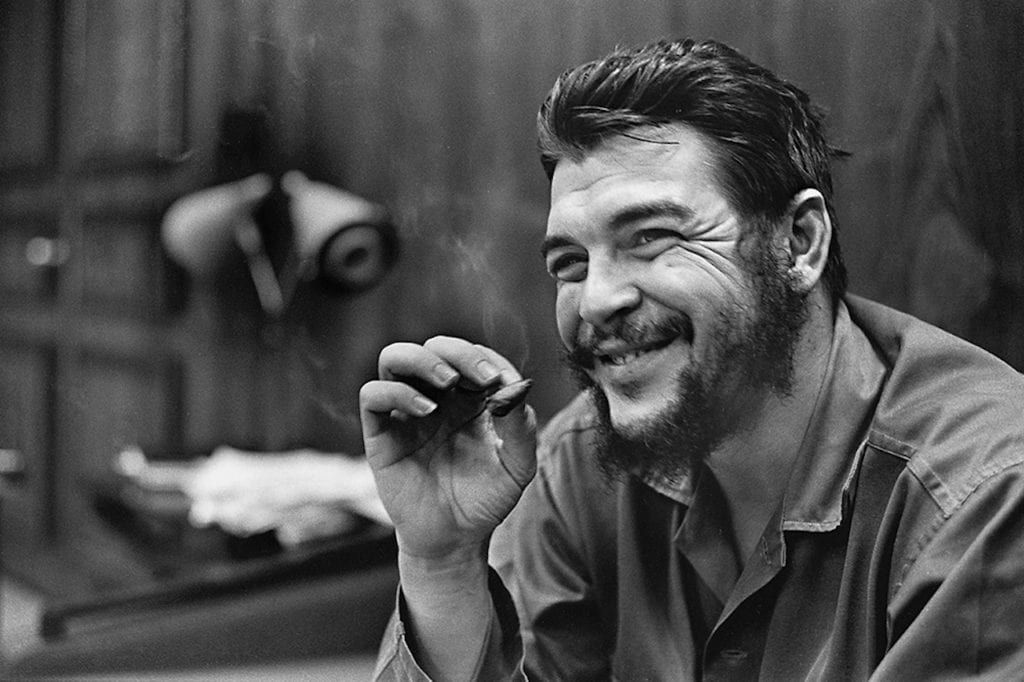
Erwitt’s photographs of them were often posed, as are many of his other portraits in the book; beyond that, the images are just what was “in front of my camera”, he says. It’s his preferred way of shooting, simply reacting to what he sees rather than conforming to any brief. “You can’t decide ahead of time what you’re going to do,” he says. “You have to take pot luck. You have to be lucky, and I would say I’m quite lucky.”
I ask about the politics of his work, given the fact he shot Cuba’s revolutionary leaders and the obvious poverty he found on the island; he’s quick to deny any ulterior motive, or even any ability to predict readers’ reactions. “I don’t know and I don’t especially care,” he says. “I don’t think in those grand terms.
“I do my work and hope for the best. I hope my view is more personal and more truthful and less obvious. I hope that if anyone is interested in Cuba at this time and wants a personal view of the people and the mood of the country that they get that from my pictures. If they do that, that’s fine.”
Cuba is published by teNeues, priced €69.90 https://books-teneues.com/cuba-by-elliott-erwitt/ Erwitt is signing books at Paris Photo at 12.30pm on 11 November at the Espacio Havana Fellowship https://programme.parisphoto.com/en/book-signings.htm
